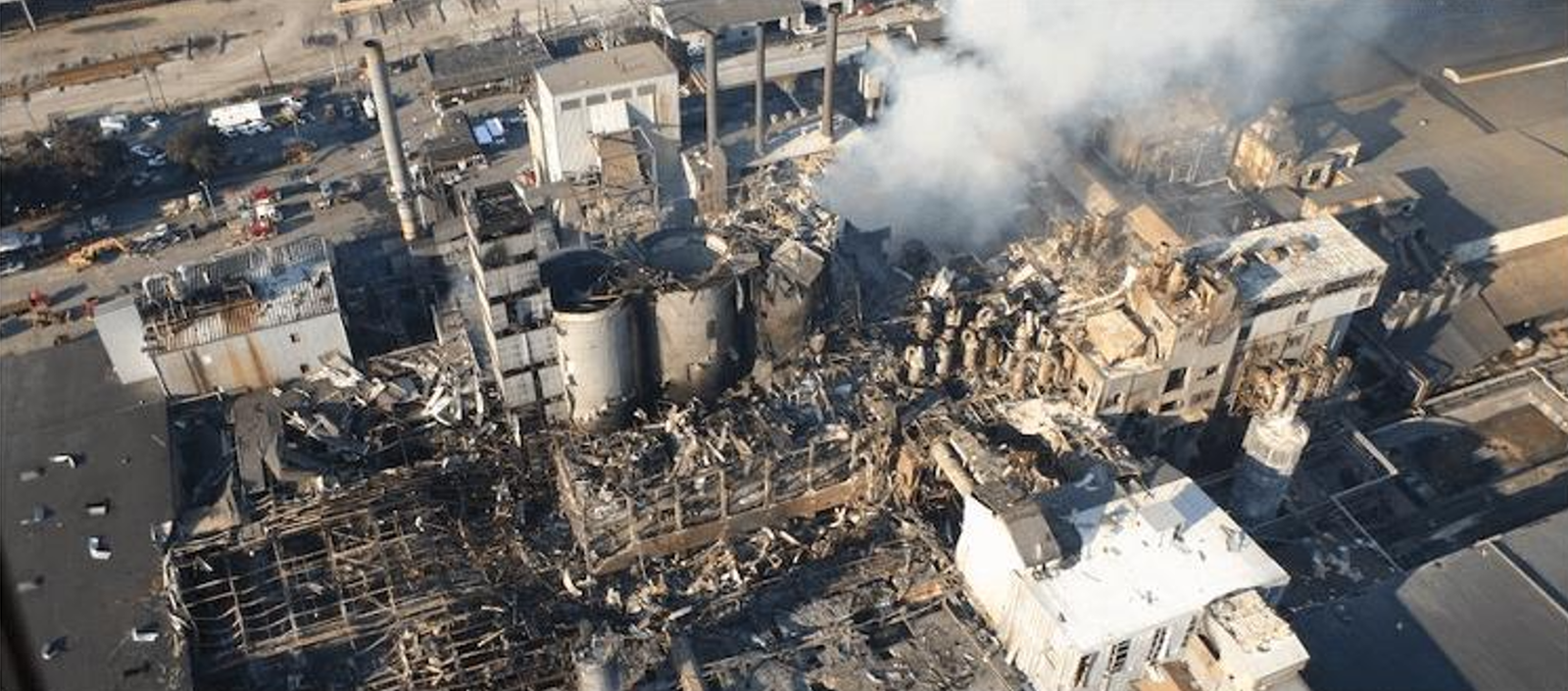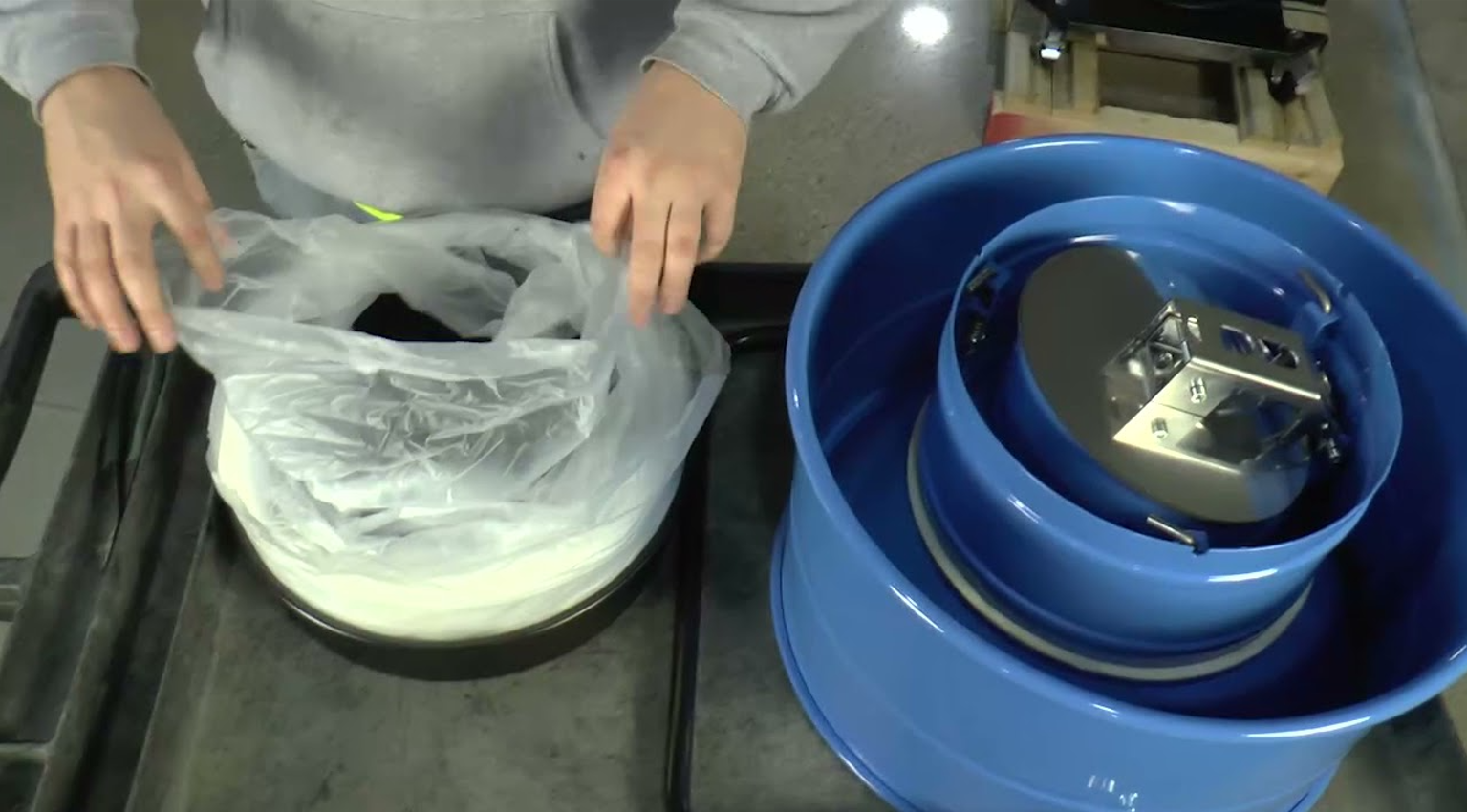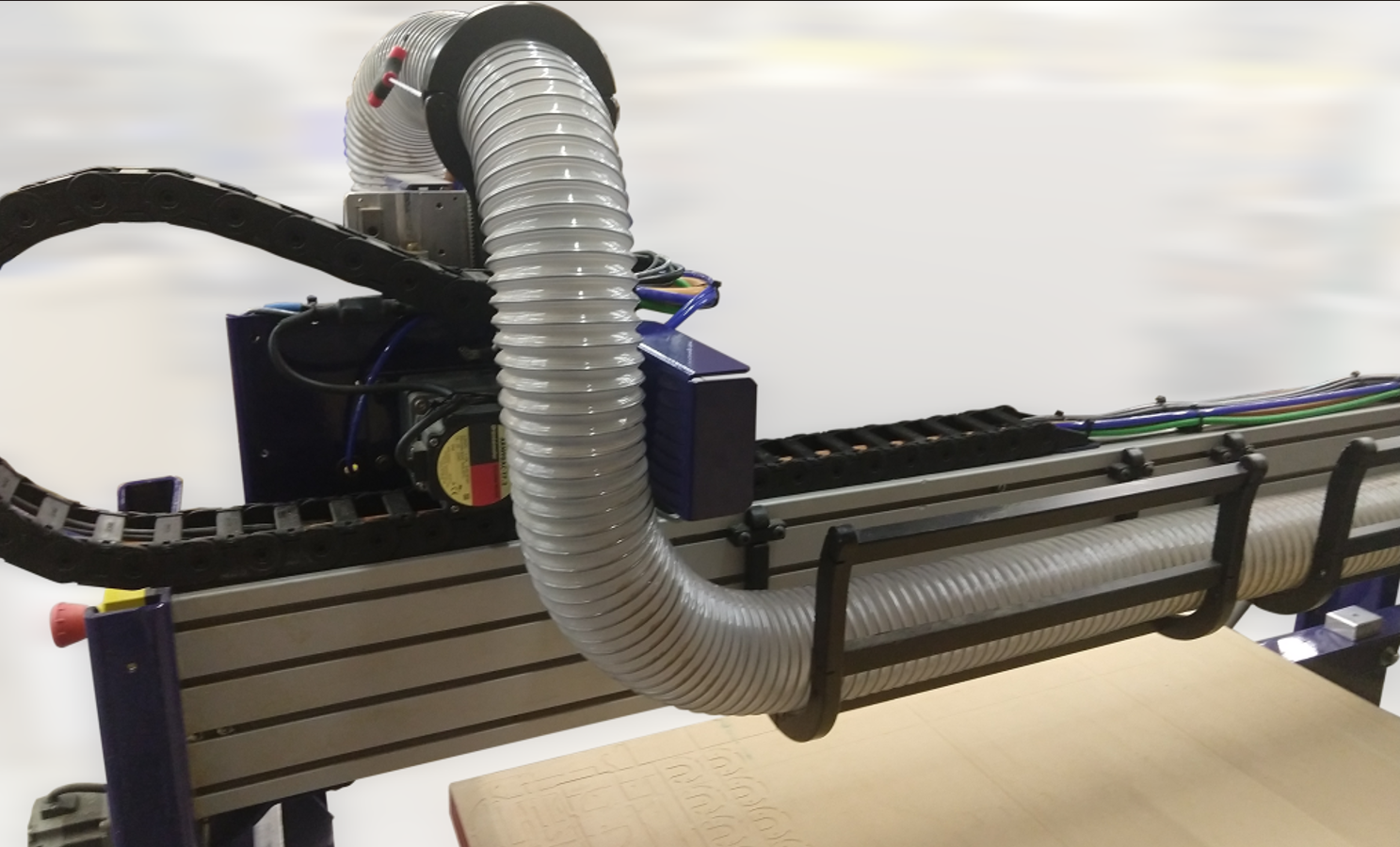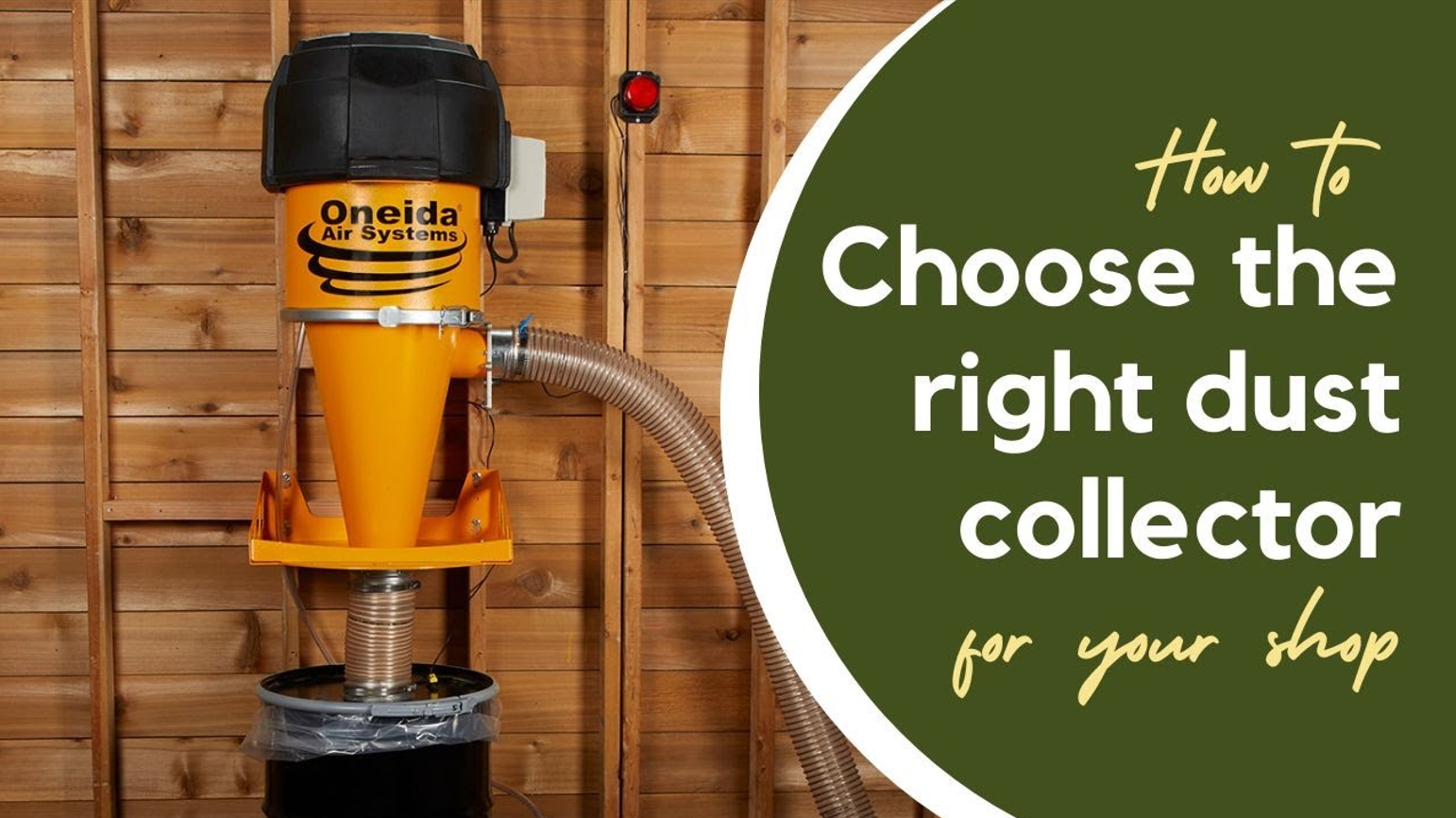Dust in the workplace is more than just dirt. In factories, workshops, and processing plants, certain types of dust can catch fire or even explode. That is why a Dust Hazard Analysis (DHA) is essential. It helps identify dangers and keep workers and equipment safe.
What is a Dust Hazard Analysis?
A Dust Hazard Analysis is a careful study of dust in a workplace. It checks:
- How dust spreads
- Where it collects
- What can make it ignite
The purpose is simple: find hazards before they cause accidents. Think of it as a safety map for your facility.
Why is DHA Important?
Performing a DHA has many benefits:
- Protects Employees: Dust fires and explosions are dangerous. DHA reduces the risk of injuries.
- Follows Rules: Many safety laws require DHA. Doing it keeps you compliant.
- Keeps Operations Smooth: Dust buildup can slow down machines. DHA helps maintain efficiency.
- Prevents Damage: Fires caused by dust can destroy equipment. DHA helps prevent costly damage.
Steps in a Dust Hazard Analysis
A proper DHA usually follows these steps:
- Identify the Dust: Learn its type, size, and flammability.
- Check the Process: Look at all production stages where dust is created.
- Find Ignition Sources: Sparks, hot surfaces, or static electricity can ignite dust.
- Assess the Risk: Determine how likely and severe an accident could be.
- Suggest Safety Measures: Implement controls such as ventilation, dust collection, and regular cleaning routines.
Equipment to Control Dust
After a DHA, businesses can use machines to reduce dust hazards:
- Manual Dust Collector: Great for small workshops.
- Industrial Dust Collector: Handles large factories efficiently.
- Fume Exhaust System: Removes fine dust and harmful fumes, improving air quality.
Using these systems keeps the workplace clean, safe, and productive.
Tips to Keep Dust Under Control
DHA is just the start. For ongoing safety:
- Inspect your workplace regularly for dust buildup.
- Train employees to handle dust safely.
- Maintain dust collectors and exhaust systems.
- Keep records of DHA and safety actions.
A Dust Hazard Analysis is essential for every business handling dust. It protects workers, prevents accidents, and keeps machines running. Combined with manual dust collectors, industrial dust collectors, and fume exhaust systems, a DHA creates a safer and cleaner workplace.



